We want to introduce some of the most common concepts and technical parameters found in music production. Focusing on the basic elements of audio, MIDI, frequencies, loudness, and tempo. Understanding these concepts will give you a distinct advantage when exploring more advanced techniques in the future.
Working With Audio Clips
Whether using a live audio source such as a microphone or instrument cable, or using audio samples such as loops or one-shots, understanding audio clips and how to manipulate them is a very important part of the music production process.

There are many different formats of audio files. WAV and MP3 files are the most common file types used in music production, WAV being the superior of the two having a larger file size.
Audio is visually represented in each audio clip as a waveform. A singular waveform representing a mono signal, and two stacked waveforms representing a stereo signal. A Mono signal is a singular audio source being heard through both speakers while a Stereo signal is different audio sources being broadcast separately through the left and right speakers. A stereo signal gives us a wide and more dynamic sound, whereas a mono signal is more one-directional.

There are so many creative ways to edit your samples. Chopping up loops to create your patterns, stretching and warping sounds, or even adding effects to give a sound its unique quality. As you spend more time in the DAW and more time experimenting, you'll find your preferred technique while editing audio clips
Working in audio is essential if you want to explore working with samples but there are sampler instruments that can convert audio clips into playable midi tracks as well.
Working With MIDI Clips
You might have heard this term used widely by producers in the industry, but what exactly is midi? The term MIDI stands for Musical Instrument Digital Interface. A technology that allows musical instruments and hardware to interface with a computer. Anytime you use a MIDI keyboard, controller, or external synthesizer connected to your computer, midi is making that possible. MIDI exists within your DAW as well. Sending information to a virtual or external instrument via midi clips.
A MIDI Clip is most commonly represented by a piano roll. This MIDI clip provides a virtual or external instrument the exact pitch, length, and velocity of each note within the clip. As you listen to your track the midi clip will send information to whatever instrument it's been assigned.

Using midi clips is the best way to save your compositions, record yourself playing melodies, and it's how every music producer uses virtual instruments within a DAW. The clip below is sending musical information to Ableton Live's virtual piano instrument to play a specific chord pattern.
Automation
Automation is a function that performs exactly how it sounds. It's a way to automatically adjust parameters within your DAW to perform functions. Using Automation Lanes, we can adjust our plugins, synths, effects, or other parameters in the daw at any given point in time without having to do it manually. You draw in your specific parameter and set one or more points where you can adjust whatever function you need.
This automation clip is adjusting the filter frequency of Ableton Live's auto-filter as it plays the chord progression. This can be applied to almost any parameter and any plugin within your DAW. Automation can be used to create unique effects, level out the volume in your track, or even change the tempo mid-song.
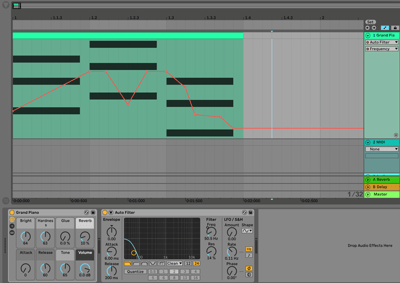
Tempo
The tempo is a simple yet very important concept meaning the speed at which a piece of music is meant to be played. It's as equally important in music production as it is in live music. The tempo of a song at its core determines its rhythm, cadences, and even its arrangement. All of these things work in relationship with the “Groove Pocket” of a musical piece. That sweet spot where the music just hits. Film and television compositions tend to exist “Off The Grid” meaning their tempo changes with the pace of the film to create tension and release. Certain genres of music such as techno or house music tend to stay locked into a specific 4/4 tempo. Creating a consistent driving rhythm that'll keep you dancing until the sun comes up.
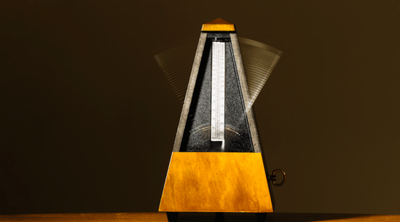
Your tempo is also a parameter in your DAW that can be adjusted at any time during the production process. Your Bpm stands for beats per minute as well as your time signature which tells you how many beats are in one bar. Studying the types of music that interest you and the speed and rhythm at which they are played. You'll begin to develop a sense of how fast or slow the elements of the track are playing. Don't forget to experiment with your tempo. Speed things up, slow them down and try different time signatures to see what flows well with your style of music.


Beats Per Minute | Time Signature
Gain VS Volume
Gain is referring to the level at the input stage. For example, a microphone going into an audio interface or a guitar as it sends the signal into an amplifier. This concept is also applied to a sound going through an audio effect or plugin within your daw. Gain Staging is the process of adjusting the gain of a sound to either raise or lower its level. This allows you to balance your sound within a certain point as your producing without using your volume faders. The example below is a stock Ableton amp with a gain adjustment knob on the bottom left and an output volume adjustment knob on the right.
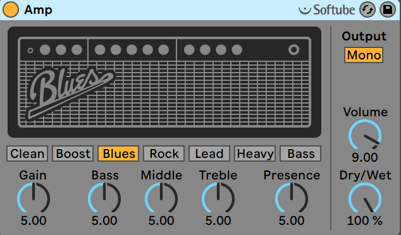
Volume is a sound's perceived loudness during the output stage. Adjusting the volume levels on your MacBook Pro or turning down the volume of your car stereo are both examples of volume adjustment. It's adjusting how loud the sound is to our ears but not its overall intensity.

You'll hear the terms “Gain Adjustment” or “Gain Staging” used a lot while editing a sound or mixing a track. Gain staging is the process of leveling out a sound. This allows for a better overall mix in your music and when you finally go to adjust the volume fader in your daw you have more headroom to work with as you mix a track.
Headroom
Headroom is the amount of leeway a track or session has before clipping (Redlining). Clipping distortion when a sound is pushed to the maximum level within a daw or mix console. Too much clipping within a session can cause muddiness in your mix and reduce the overall quality of your song. Using proper gain staging and adjusting the levels of your sounds as you go will give you more headroom and increase your ability to adjust the final mix of your song.
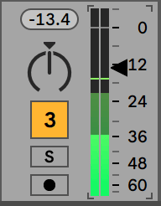

Frequencies
The audio spectrum is made up of frequency bands measured in Hertz or Hz. The entire range of human hearing is around 20Hz – 20kHz. This encompasses everything from high-pitched squeaks to the low rumbles of bass. A very important part of the music production process is EQing frequencies. EQing is the process of carving out frequencies in a sound either to make room for it in the overall mix or tame some of its more noticeable peaks.
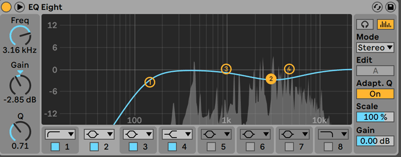
Every sound has its place on the frequency spectrum ranging from low to high. For example, low-end sounds like kick drums or bass sounds exist somewhere around the 40Hz-160Hz range whereas a snare drum would be around 640Hz-1.25kHz. There are many different types of EQs and EQing techniques. Understanding where particular sounds are found on the frequency spectrum will give you a better idea of how to eq them.
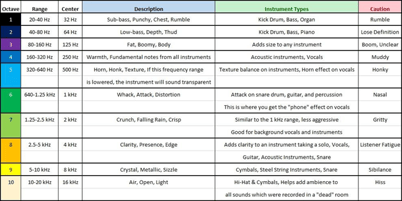
Dynamic Range
Dynamic range in music represents the range between the quietest part of the song to its loudest. Compression is the process of taking that dynamic range and squeezing it tighter to boost the output making a louder sound.

The further back in time you go the more dynamic range music tends to have. Modern music is known to have a much less dynamic range due to the use of dynamic compression in music. This allows the producer to have a louder final mix but with more compressed audio. Having a good dynamic range can very well preserve the quality of your sound but finding a good balance while also using dynamic compression is a great technique to have a loud, but high-quality song.
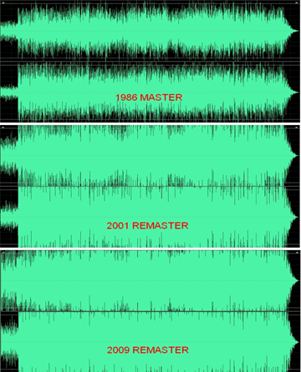
Panning
Panning is how we assign space to a sound and is a crucial part of giving your song a wide stereo image. Panning certain elements of a track can give a song texture. Panning parts of your drums either left or right to give the listener the full experience, or creating a wide and full vocal mix to give your track some flavor. Panning is a basic yet very important part of creating music.
















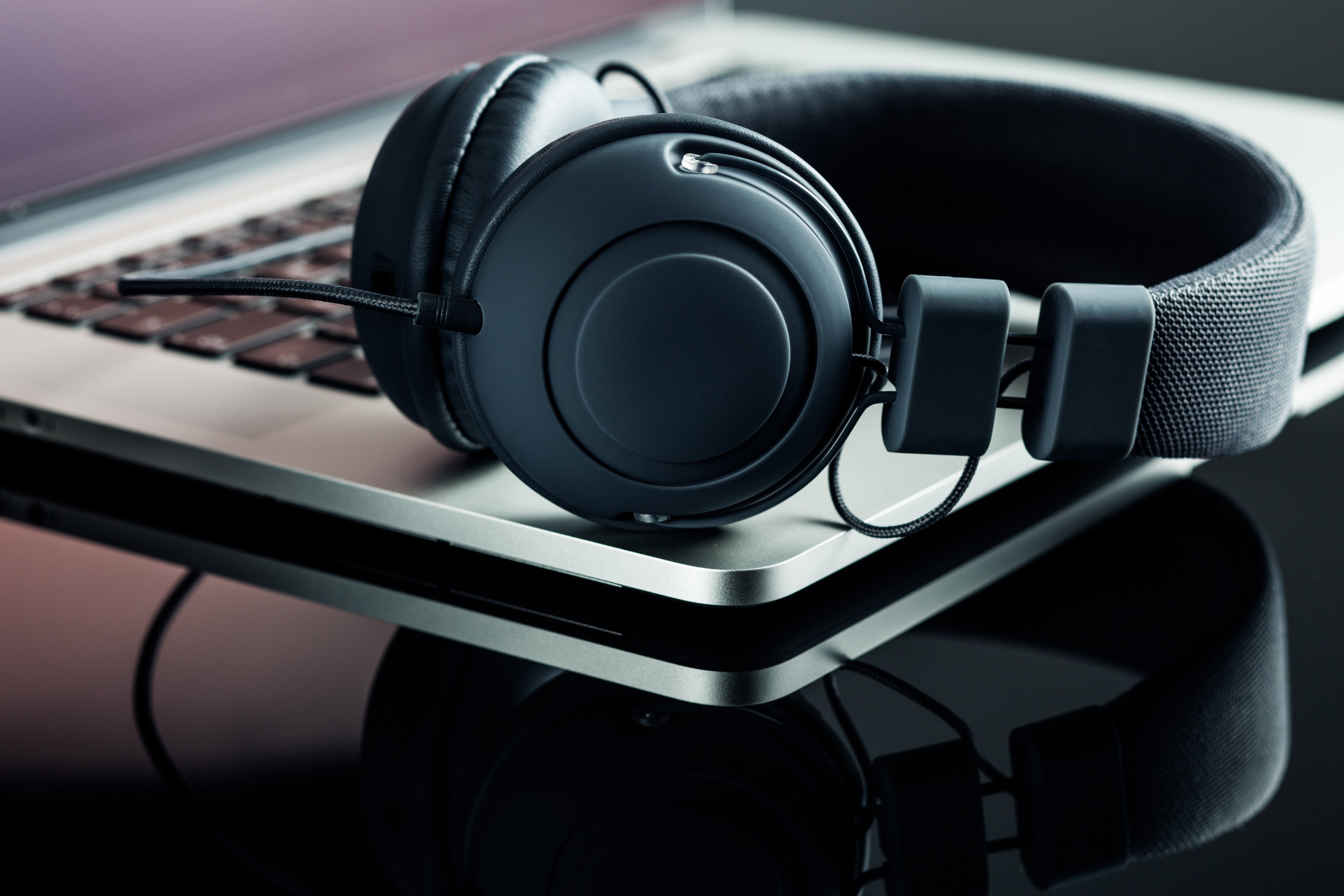
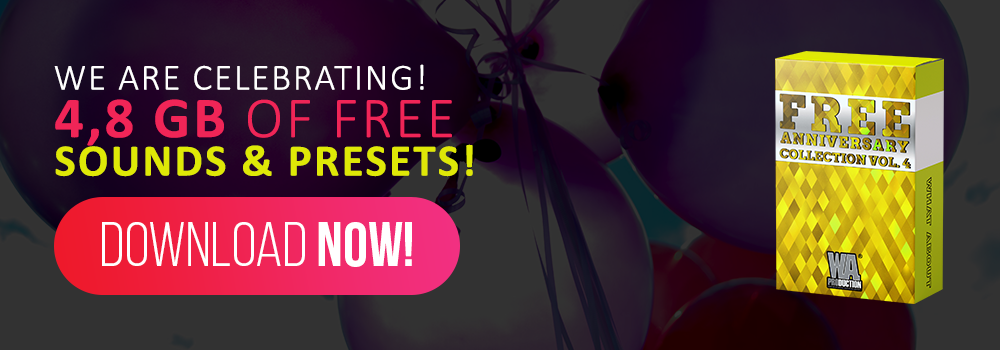
_Cropped.png?width=1600&name=02%20(2)_Cropped.png)




















Your Comments :